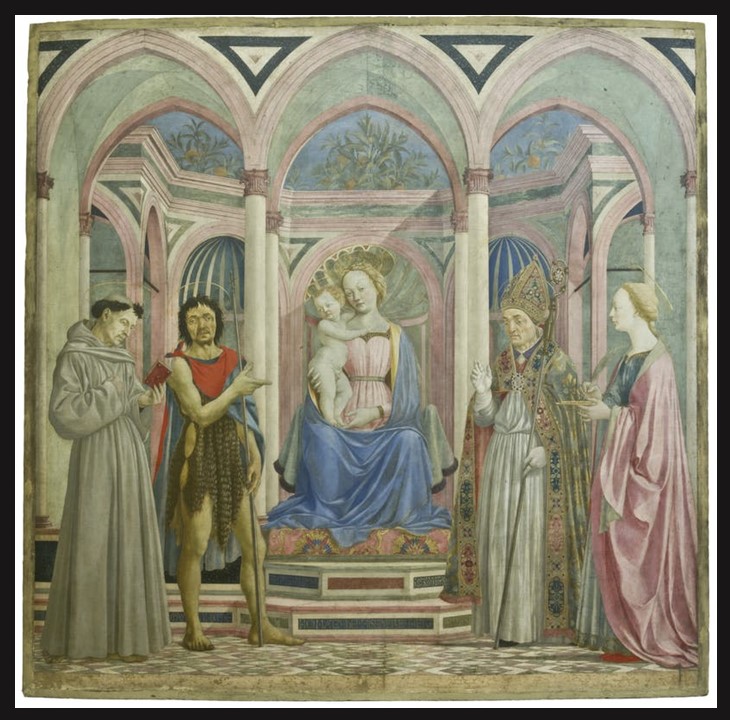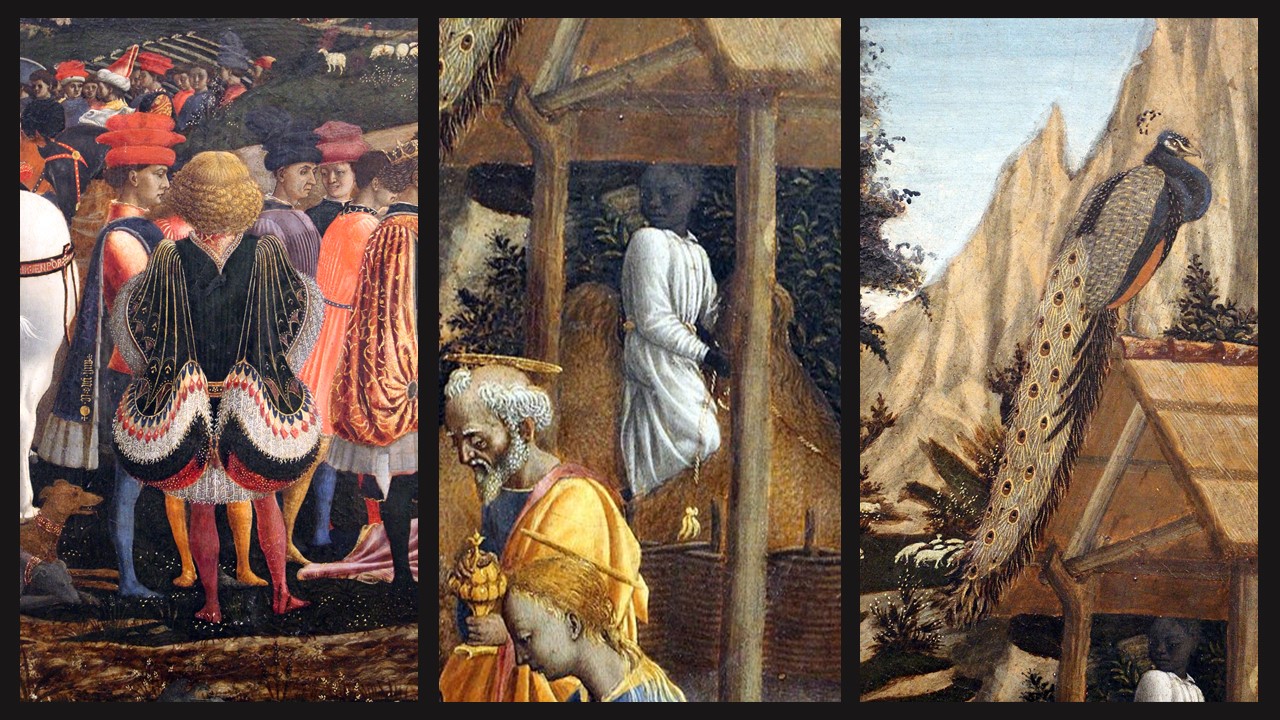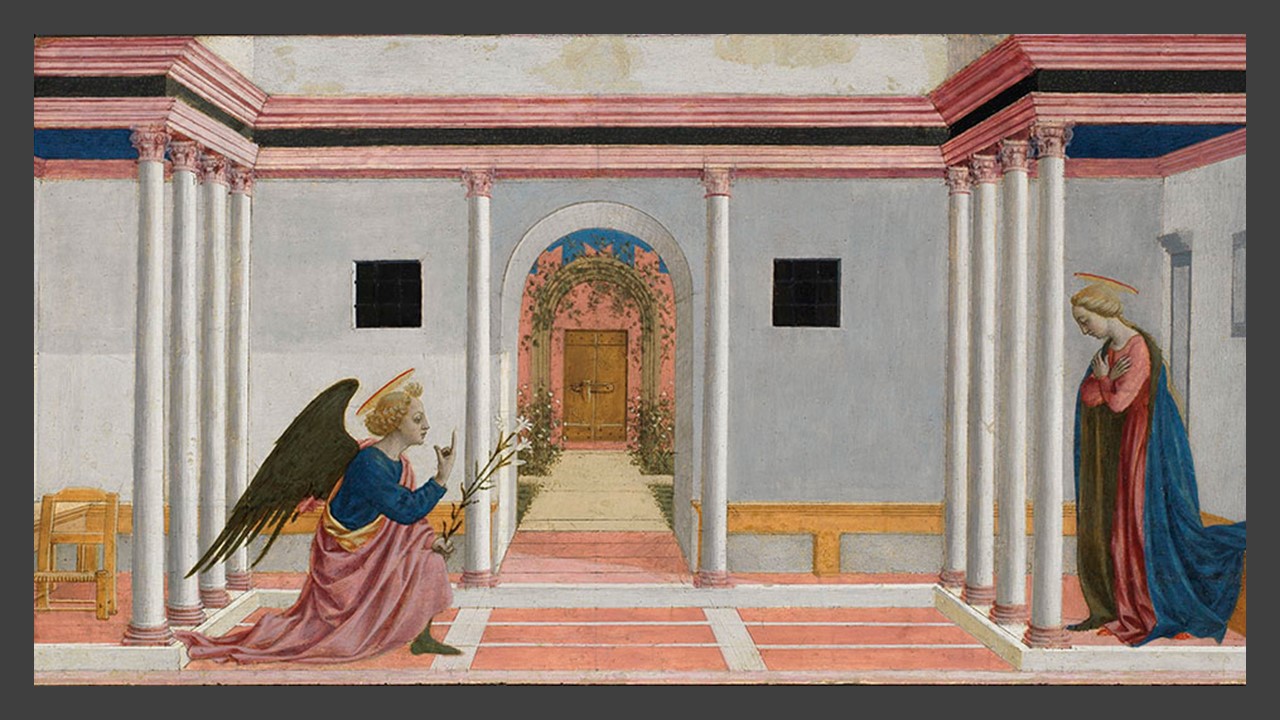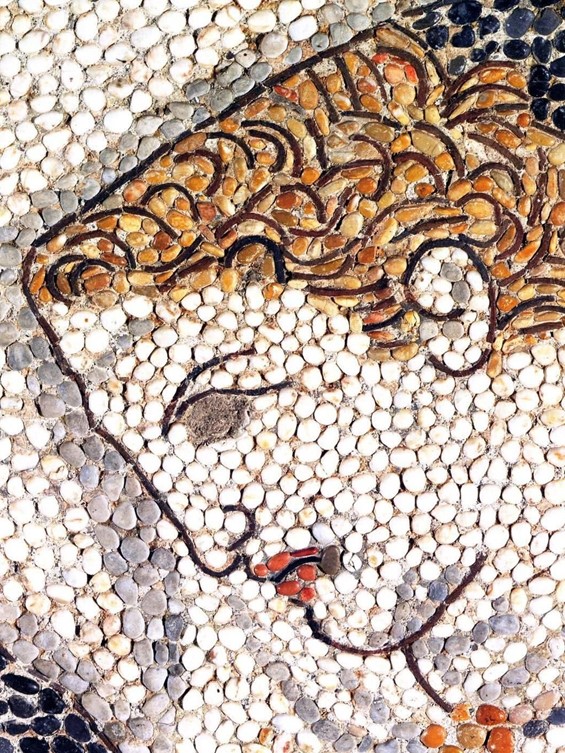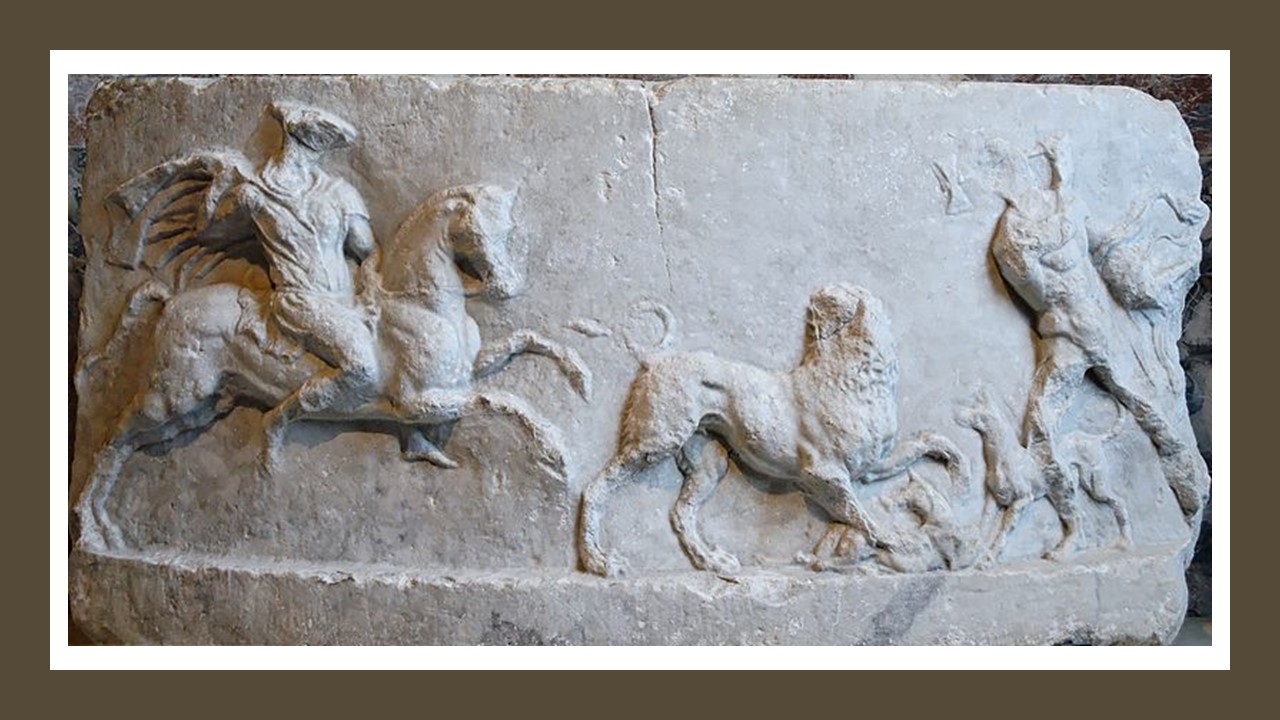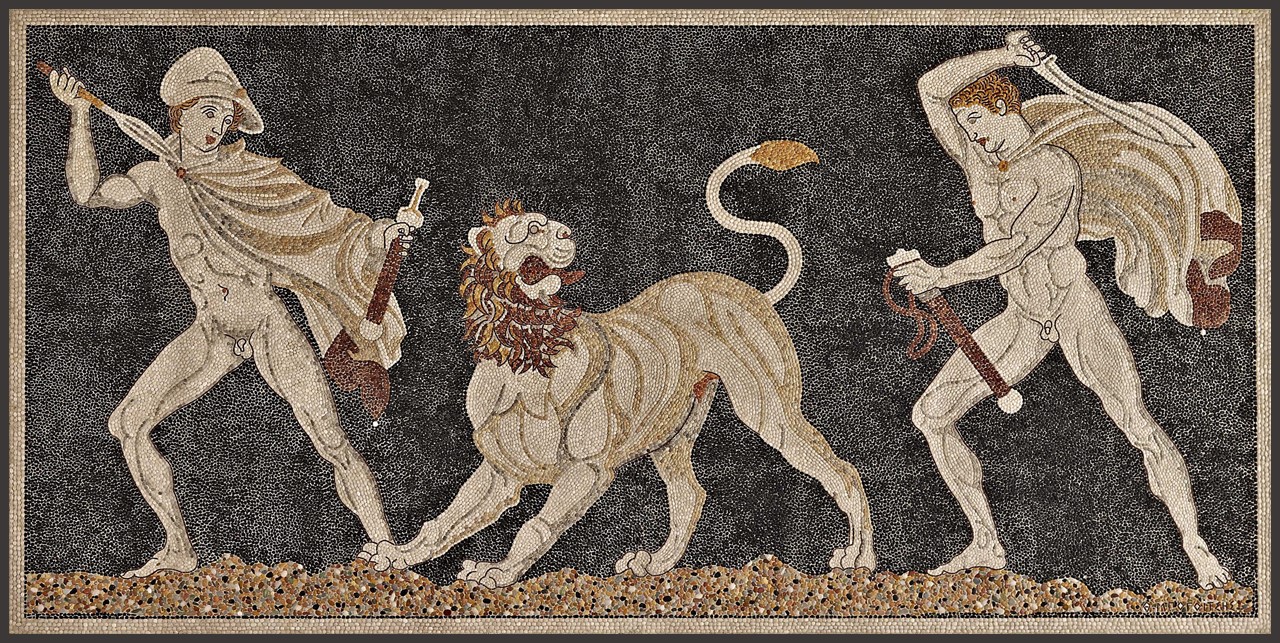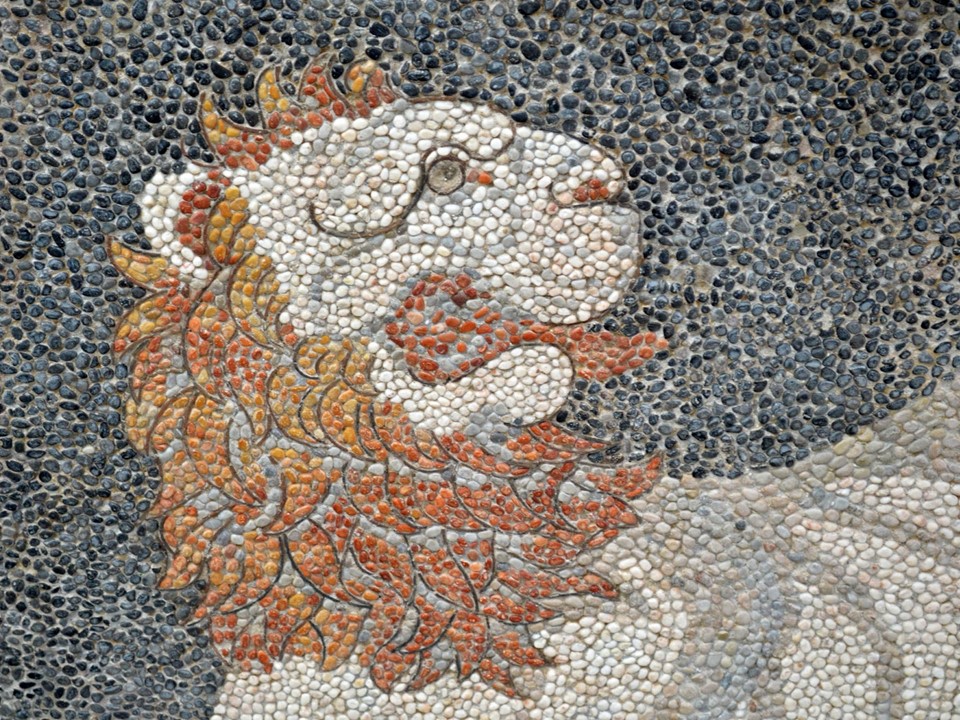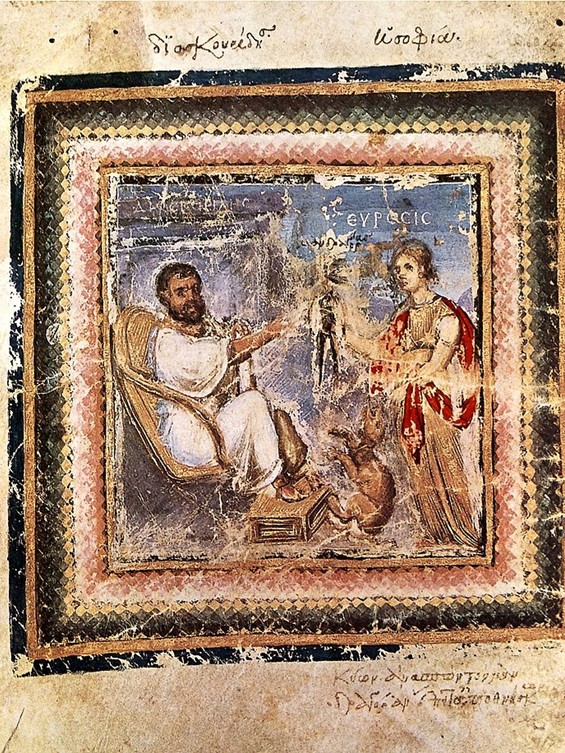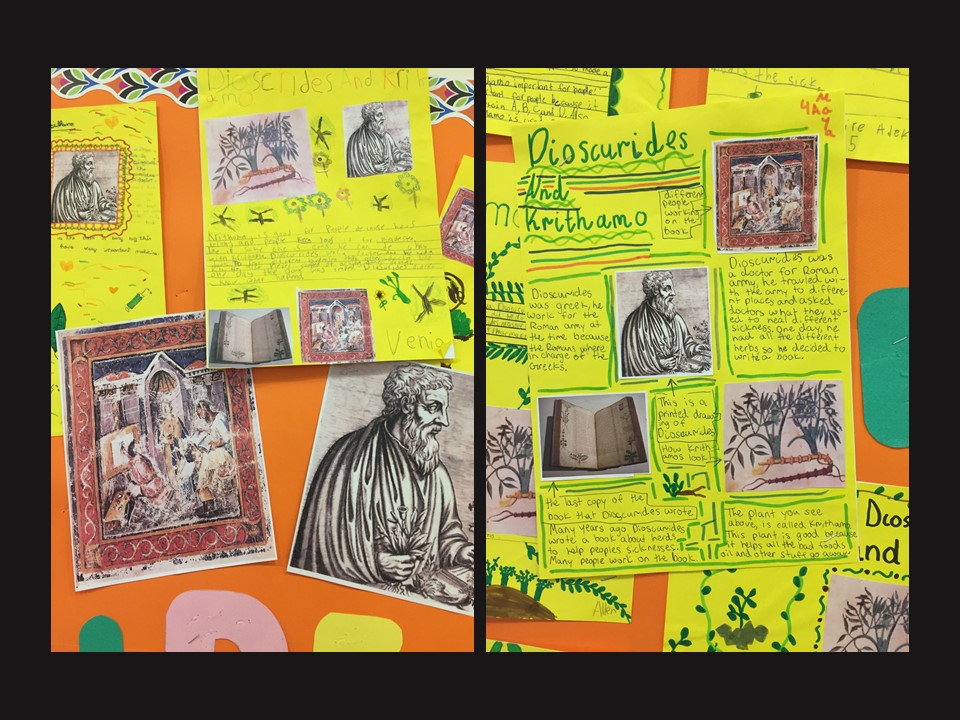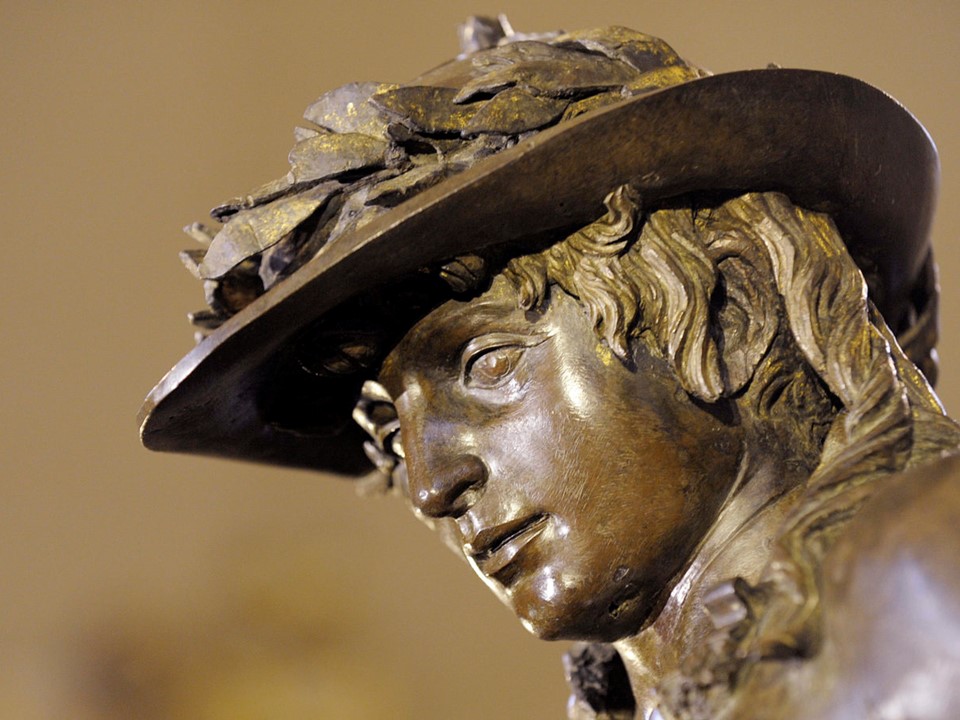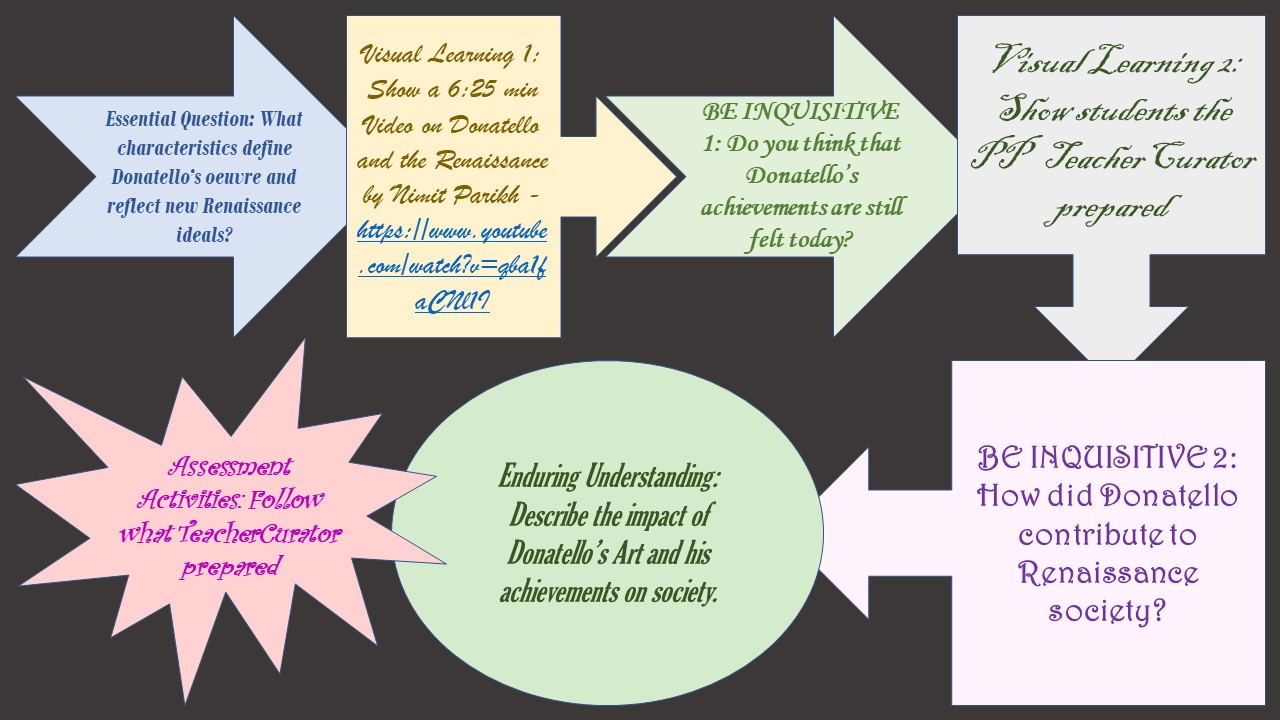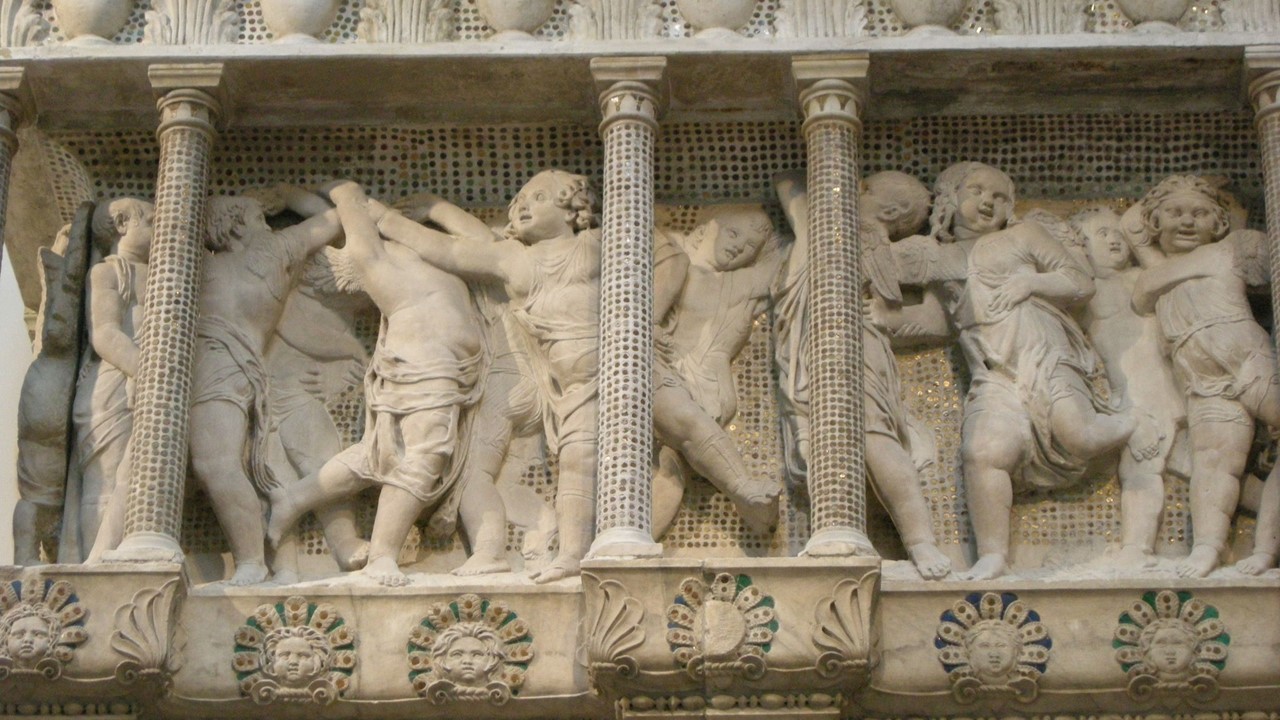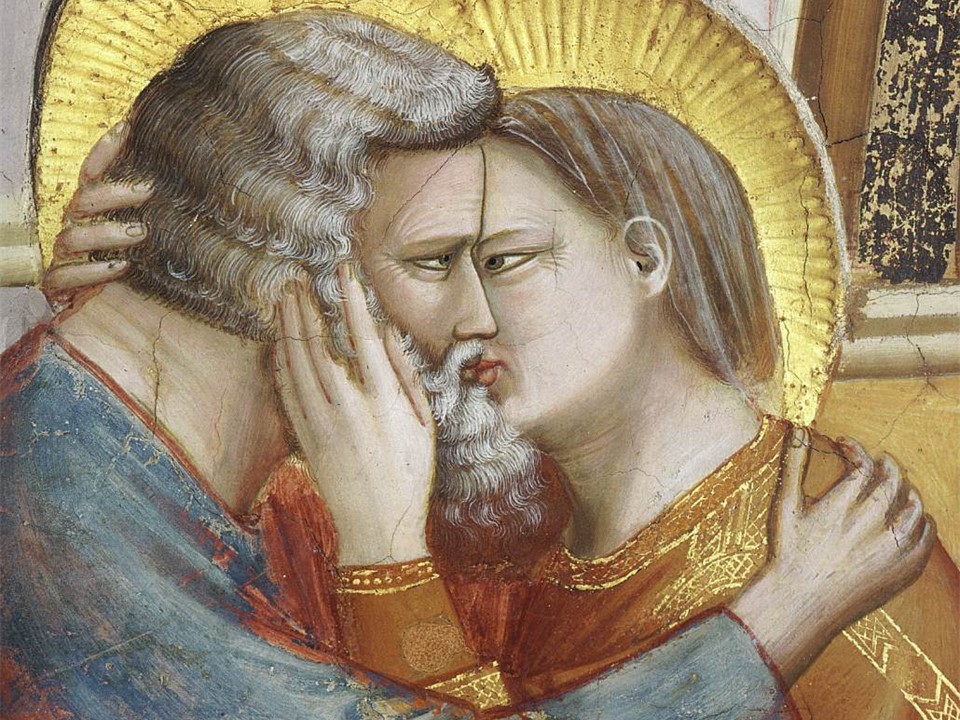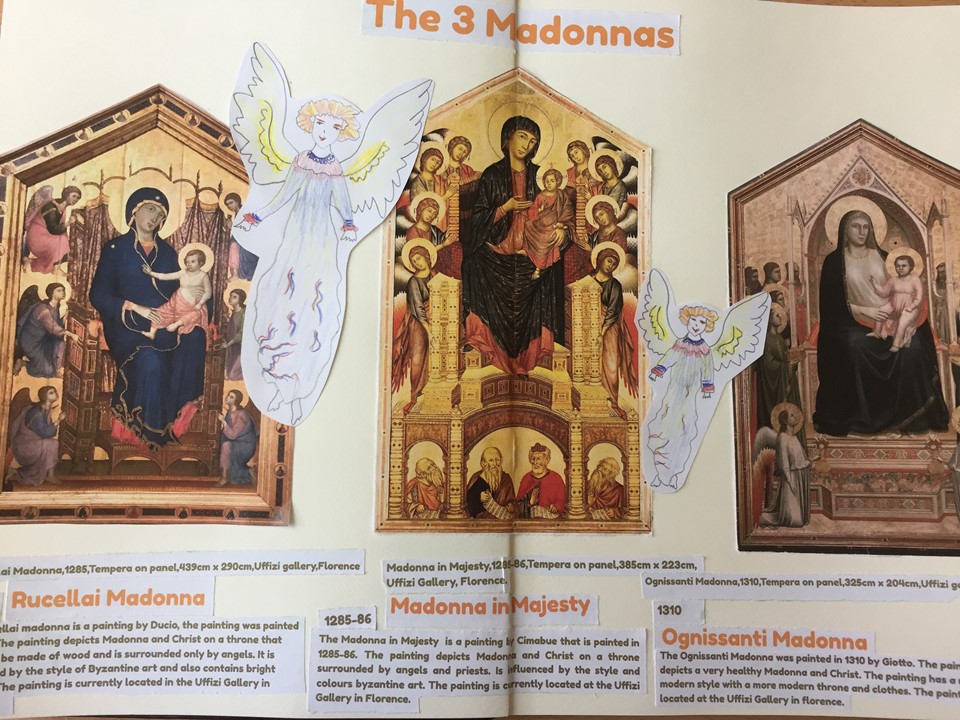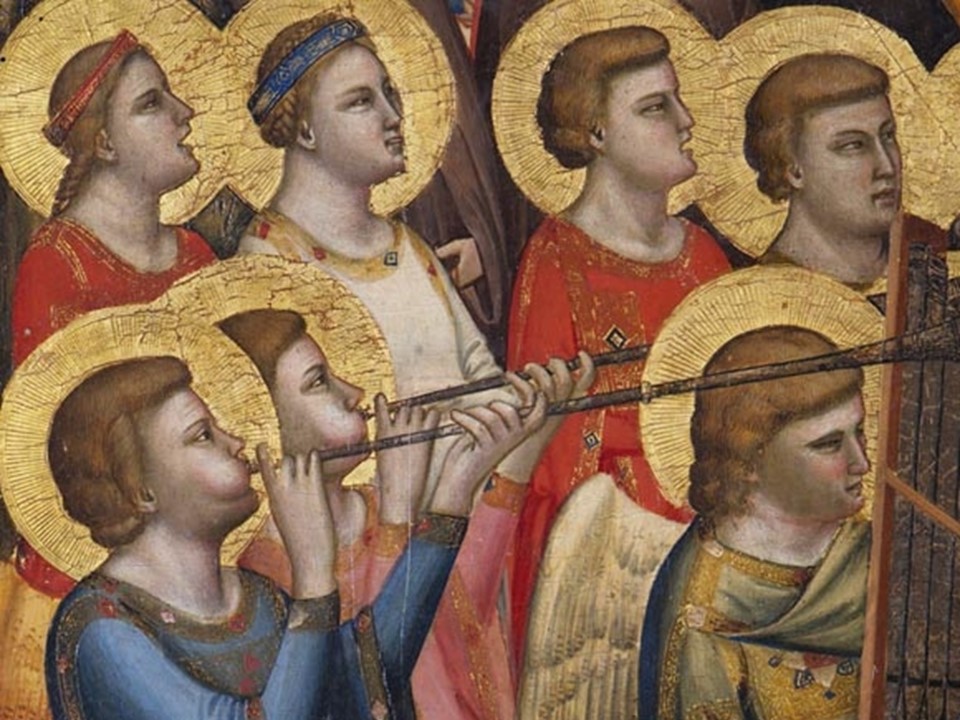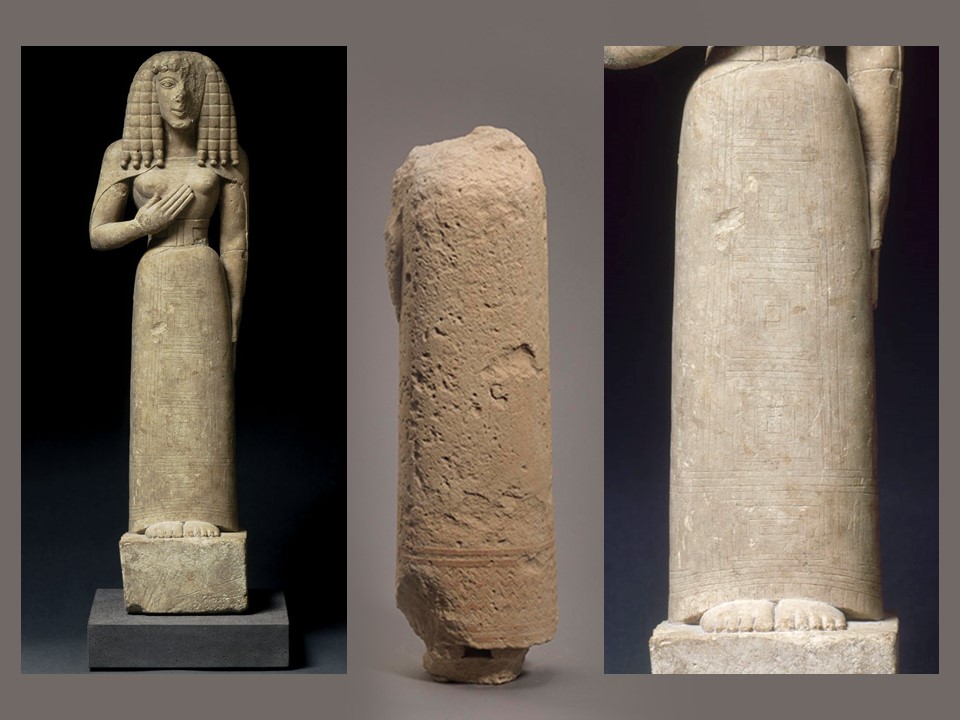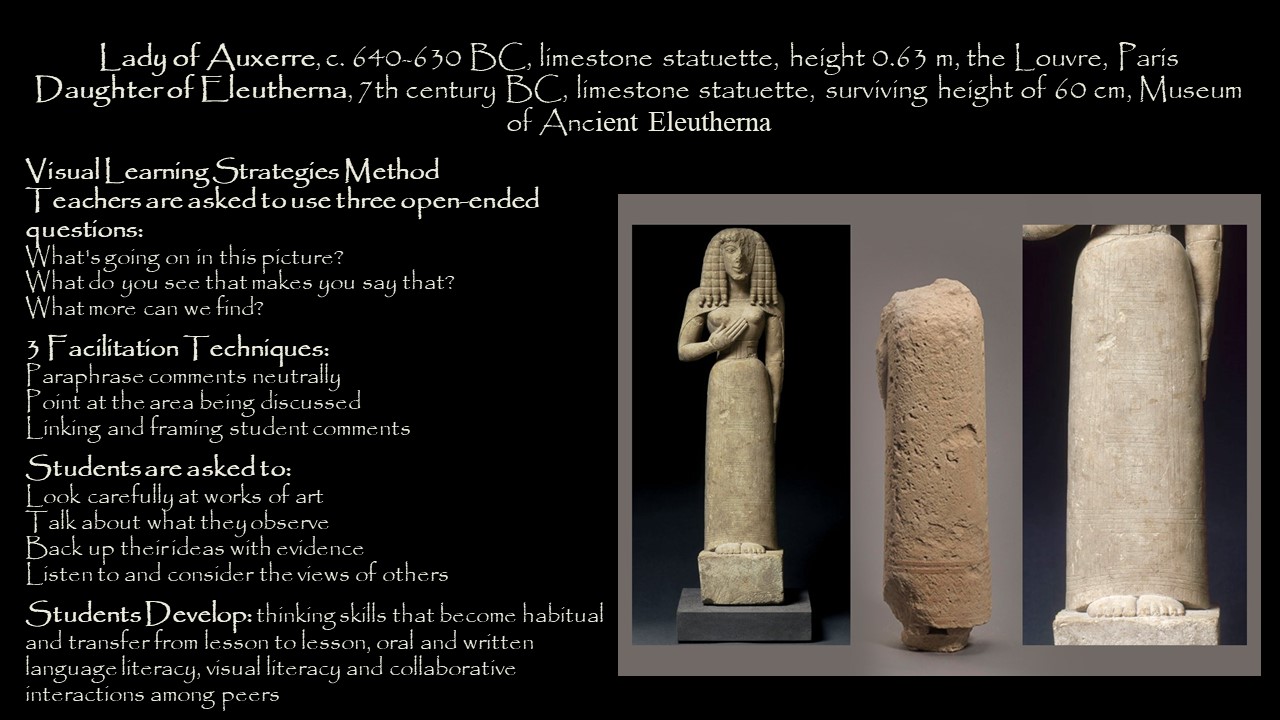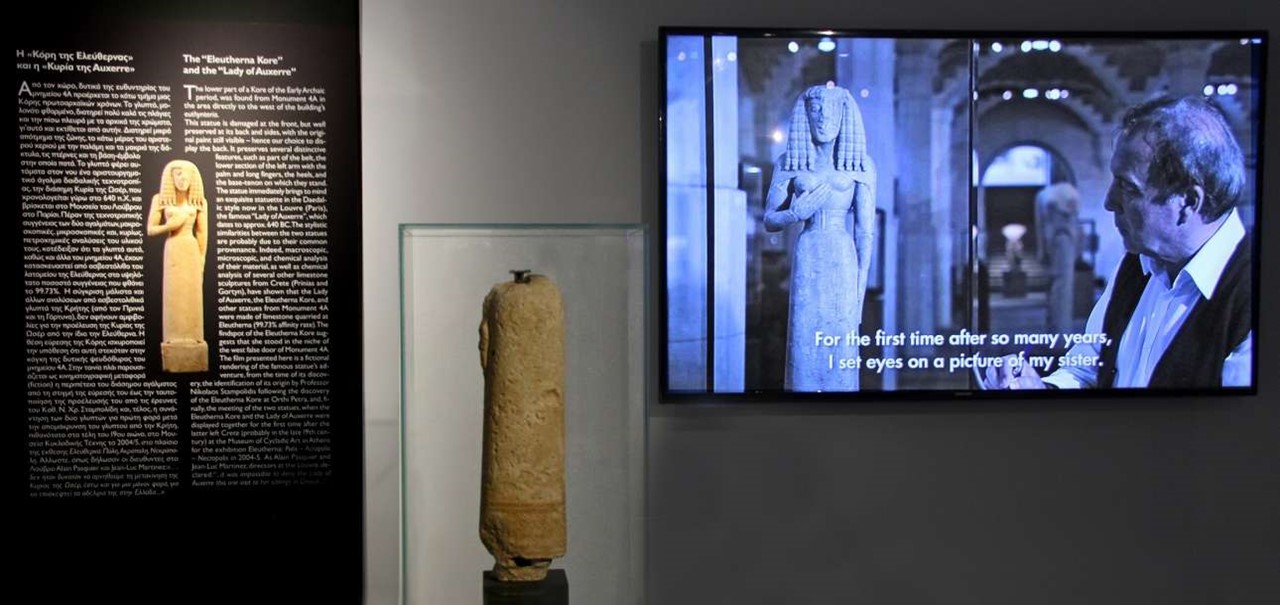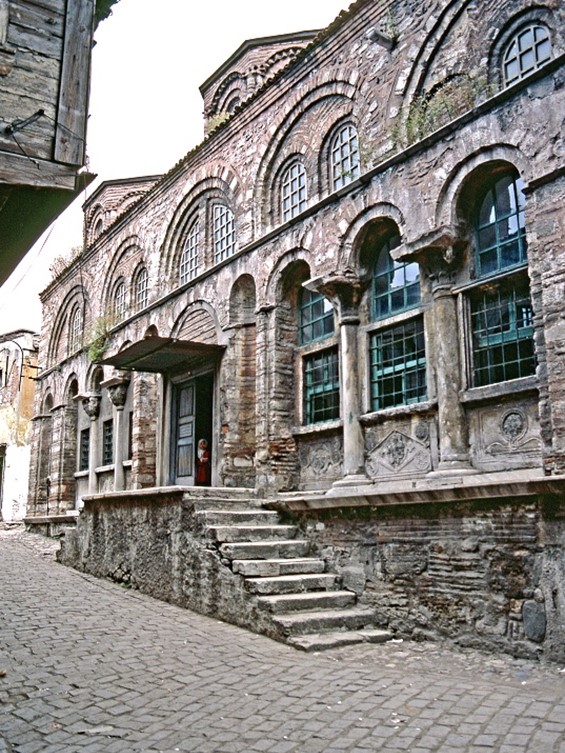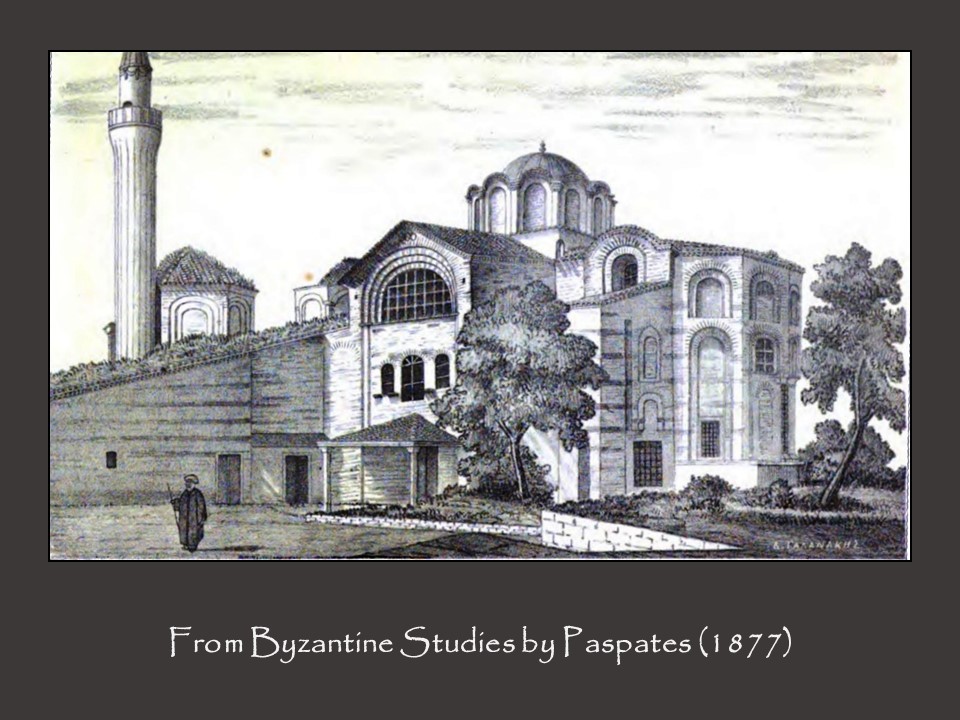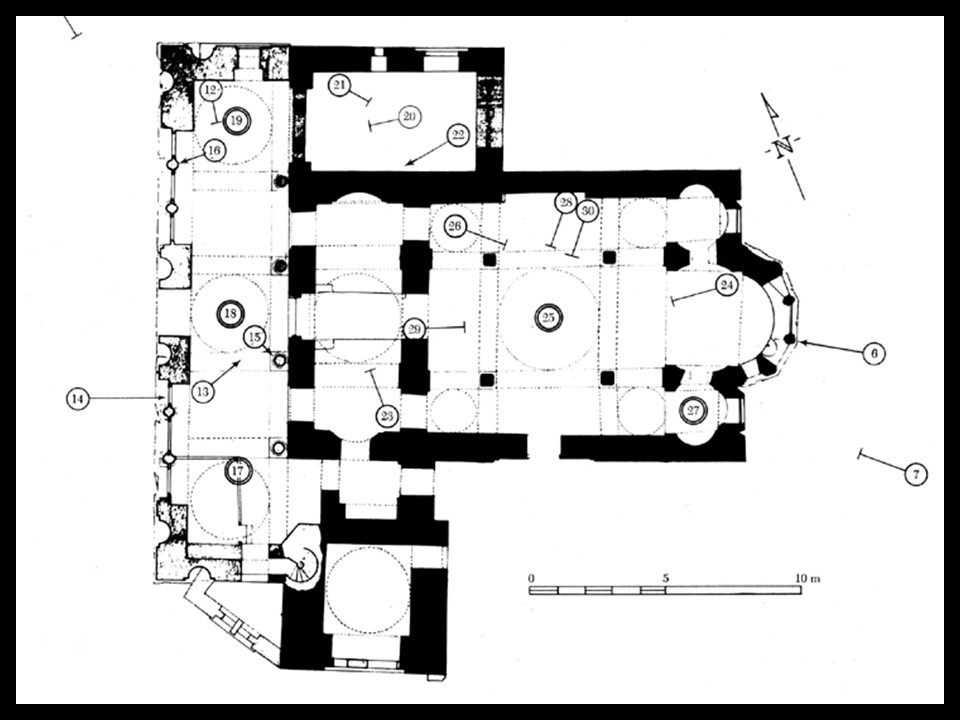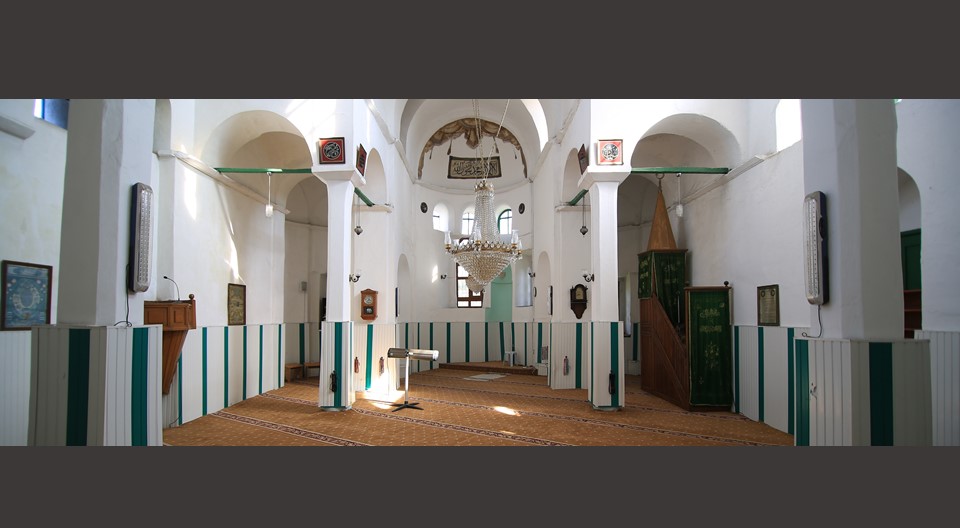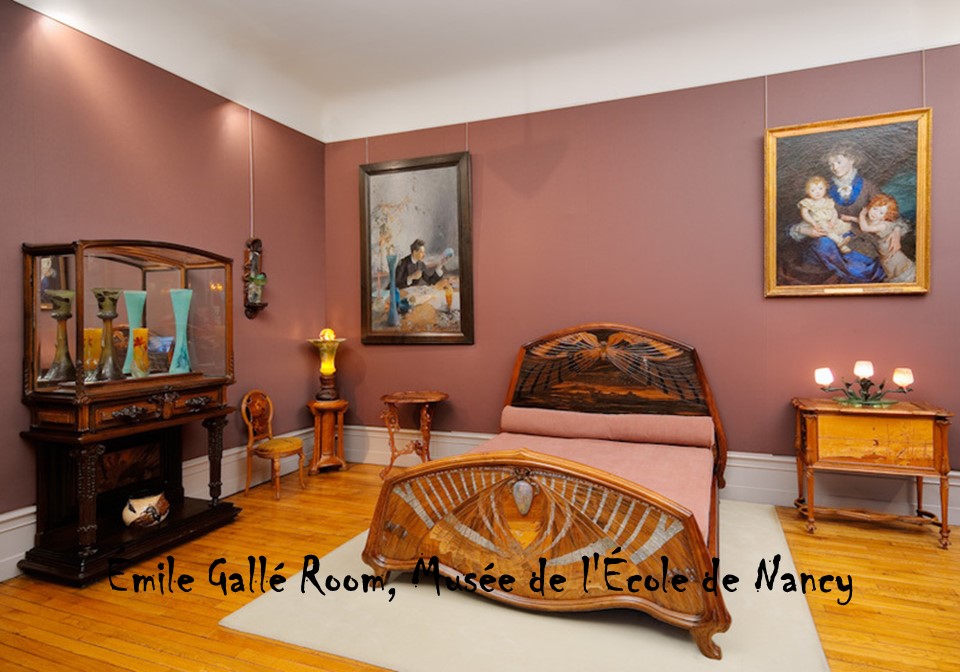
Shield of Achilles, 1821-22, Silver-gilt, 90.5 x 90.5 x 18.0 cm (whole object), Royal Collection Trust https://www.rct.uk/collection/51266/shield-of-achilles
“First of all he forged a shield that was huge and heavy, / elaborating it about, and threw around it a shining / triple rim that glittered, and the shield strap was cast of silver. / There were five folds composing the shield itself, and upon it / he elaborated many things in his skill and craftsmanship. / (483) He made the earth upon it, and the sky, and the sea’s water, / and the tireless sun, and the moon waxing into her fullness, / and on it all the constellations that festoon the heavens, / the Pleiades and the Hyades and the strength of Orion / and the Bear, whom men give also the name of the Wagon, / who turns about in a fixed place and looks at Orion / and she alone is never plunged in the wash of the Ocean… ” When Homer describes The Legendary Shield of Achilles my eyes fill with images of a world long gone and my mind dreams of fabled stories… I wonder how Achille looked like carrying it and how brave Hector felt facing him… http://www.u.arizona.edu/~afutrell/w%20civ%2002/iliad.html
The making of the Shield of Achilles brings the readers of the Iliad closer to its horrific end… When Hector killed Patroclus and stripped him of Achilles’s Armour, his fate was sealed! He committed Ύβρις and his punishment was imminent! In Homer’s 18th Ραψωδία, Thetis, Sea Goddess and mother of Achilles took immediate charge. She commissioned God Hephaestus to create a new Armour for Achilles, the lame God of Smithing got to work… and Homer created an amazing description of his world! Achilles’ shield was “a mirror of the world of gods and men, within the mighty Stream of Ocean and although Homer described its appearance in great detail, the precise relationship of the various elements was unclear…” https://www.rct.uk/collection/themes/publications/carlton-house/the-shield-of-achilles

Shield of Achilles (detail), 1821-22, Silver-gilt, 90.5 x 90.5 x 18.0 cm (whole object), Royal Collection Trust https://www.rct.uk/collection/51266/shield-of-achilles
Lines 468 to 607 in the 18th Ραψωδία, give readers a vivid and detailed portrayal of the imagery which adorns the new Shield of Achilles. “Starting from the shield’s centre and moving outward, circle layer by circle layer, the shield is laid out as follows: (in the center) The Earth, sky and sea, the sun, the moon and the constellations (484–89).” The circle that immediately follows depicts two cities, one peaceful and festive, its people taking part in a wedding and a case of law administration (490–508), the other in trouble, besieged, ambushed and in battle (509–40). The Shield is furthered decorates with scenes depicting a field being ploughed (541–49), a harvest setting (550–60), a vineyard with grape pickers (561–72), a herd of straight-horned cattle under attack by a pair of lions, herdsmen and cattle dogs trying to them beat off (573–86), a picture of a sheep farm (587–89) and a group of young men and women dancing (590–606). The great Ocean is depicted in the outermost circle, somehow encasing Homer’s view of a civilized microcosm… “where images of conflict and discord… i.e. war and peace, work and festival… show the basic forms of a civilized, essentially orderly life.” (607–609). https://www.wikiwand.com/en/Shield_of_Achilles
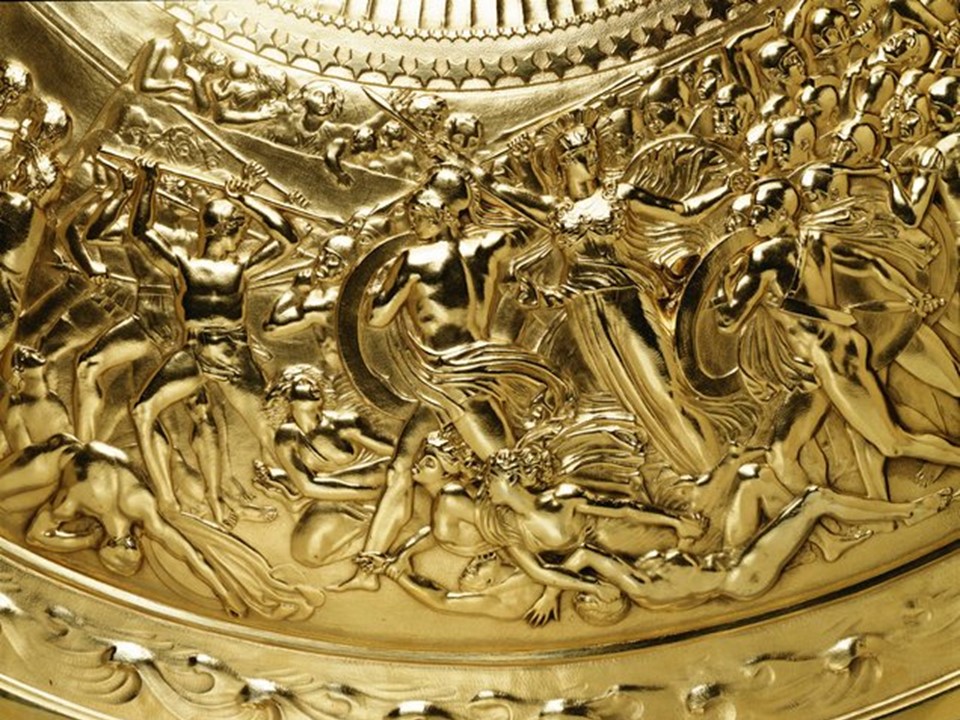
Shield of Achilles (detail), 1821-22, Silver-gilt, 90.5 x 90.5 x 18.0 cm (whole object), Royal Collection Trust https://www.rct.uk/collection/51266/shield-of-achilles
“In 1810 John Flaxman (a British Sculptor and Draughtsman, and a leading figure in British and European Neoclassicism) received the first of a number of payments from Rundells (Philip Rundell for Rundell, Bridge & Rundell master jewellery makers) to reconstruct” the legendary Shield described by Homer in the Iliad. Flaxman was a well-versed Greek scholar and an admirer of Homer “who spent many evenings reading aloud (in Greek) from the Iliad.” Flaxman completed his design in 1817 and then “modelled and cast it in plaster himself. This shield was the first in a series of silver-gilt and bronze casts and was completed in 1821, when it was prominently displayed at George IV’s coronation banquet. Flaxman was said to have been justly proud of his design, which was subsequently described by Rundells as a masterpiece of modern art and considered by many as one of the artist’s most successful works.” Other silver-gilt versions of the shield were made in 1821/2 for the Duke of York (now Huntington Collection, San Marino), and in 1822/3 for the Duke of Northumberland (now Al-Tajir Collection) and the Earl of Lonsdale (now National Trust, Anglesey Abbey). There is an early bronze cast of the shield, subsequently electro-gilt, in the Royal Collection (RCIN 31606) https://www.rct.uk/collection/51266/shield-of-achilles includes a Video and https://issuu.com/artsolution/docs/koopman_2019_the_shield_of_achilles
For a PowerPoint on The Legendary Shield of Achilles, please… Check HERE!
For a PowerPoint of Student Work inspired by The Legendary Shield of Achilles, please… Check HERE!

